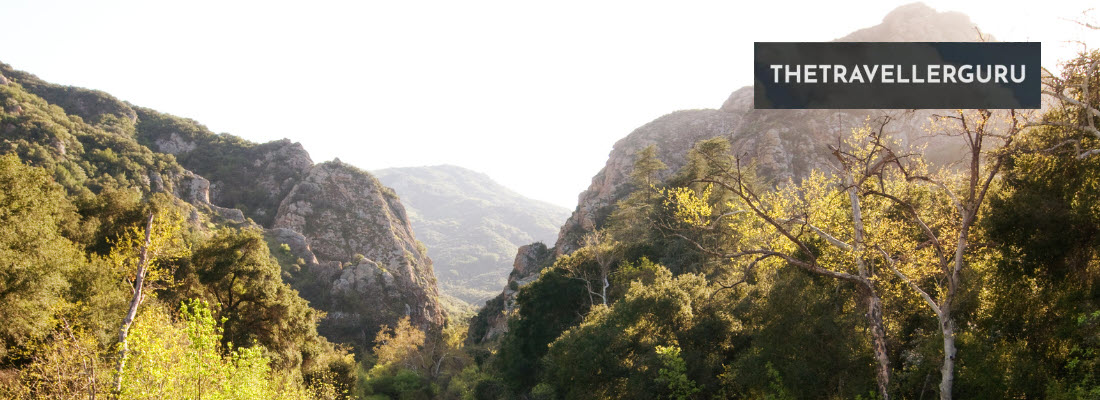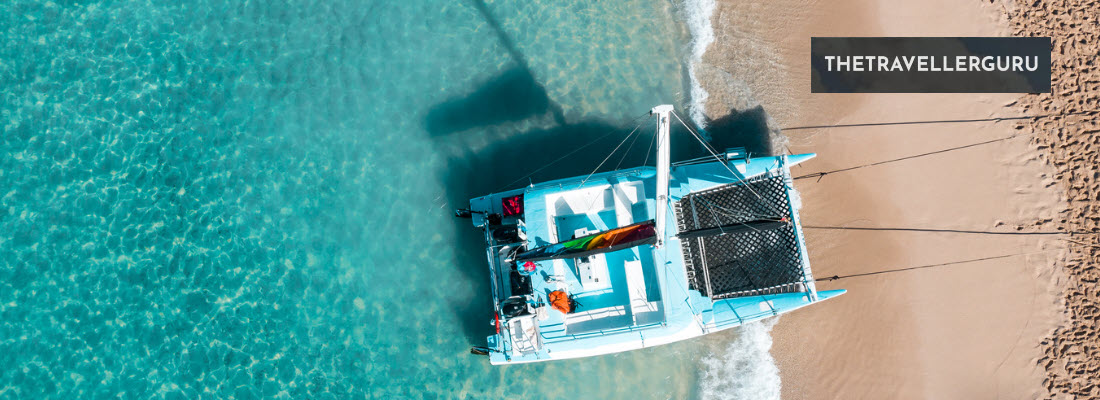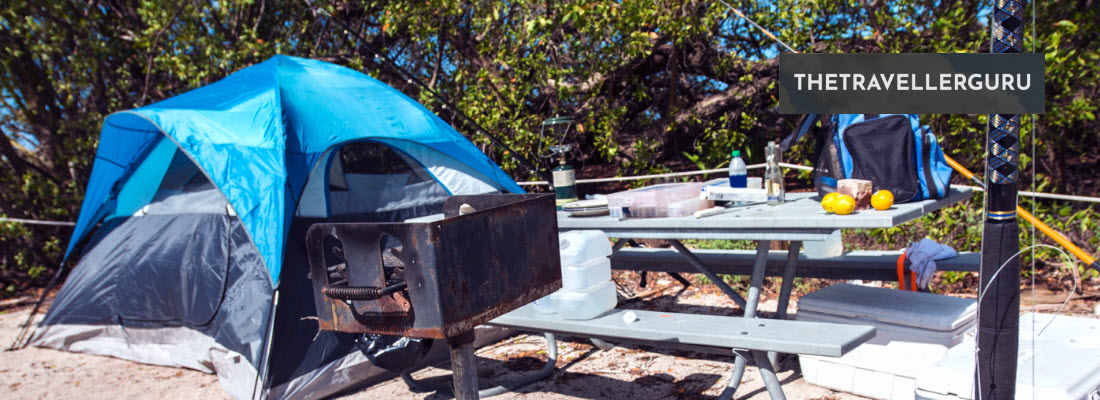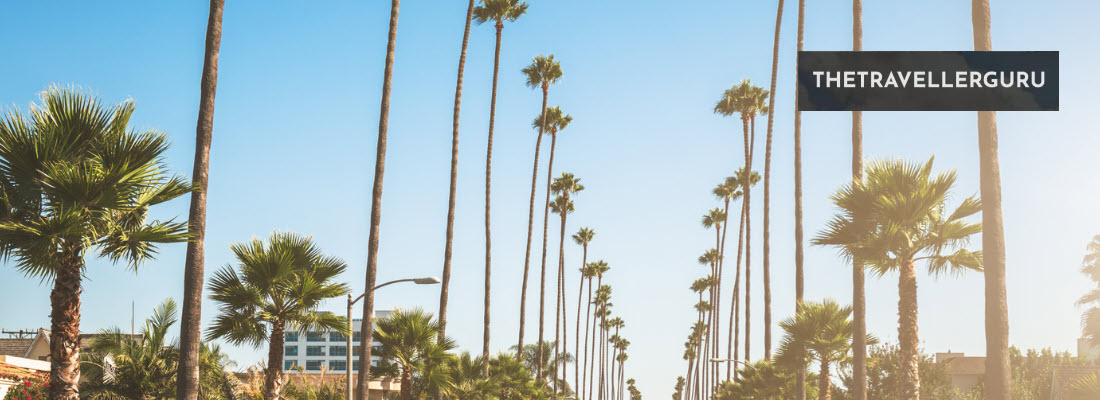Hey there my traveling outdoor enthusiasts and welcome to my post where we will check out my 5 best rock climbing spots in Southern California. Whether you’re a beginner or a seasoned climber, Southern California is home to some of the best rock climbing spots in the United States.
From the towering granite walls of Joshua Tree National Park to the stunning ocean views at Point Dume, Southern California has something for everyone.
Map of Southern California’s Best Rock Climbing Spots
Use this map to identify the location of the best rock climbing Southern California has to offer listed below:
Check out these: Best Rock Climbing Spots in Northern California
Best Rock Climbing Spots in Southern California
If you’re looking for some of the best rock climbing spots in Southern California, you’re in luck. From Joshua Tree National Park to Malibu Creek State Park, there are plenty of places to explore. Let’s check them out.
1. Joshua Tree National Park
Joshua Tree National Park is one of the most famous and popular climbing destinations in Southern California. With over 8,000 climbs and an additional 2,000 boulder problems, there’s something for every level of climber.
The park is known for its unique rock formations and challenging climbs. Here’s an outline of some of the most notable rock climbing locations within the park:
- Hidden Valley Campground Area
- The Old Woman: Famous for the route “Double Cross.”
- Intersection Rock: Iconic boulder with multiple routes.
- The Blob: Houses routes with a variety of difficulty levels.
- Indian Cove
- Short Wall: Good for beginners and those looking for moderate climbs.
- Feudal Wall: Features a mix of sport and traditional routes.
- The Billboard Buttress: Offers some of the tougher climbs in the area.
- Ryan Campground Area
- Headstone Rock: Best known for the route “SW Corner.”
- Ryan Mountain: Offers longer multi-pitch routes.
- Echo Rock Area
- Echo Rock: A popular spot with a dense collection of routes.
- South Astro Dome: Known for the challenging “Astro Domes” routes.
- Real Hidden Valley
- Thin Wall: Great for top-rope and beginner lead climbs.
- Sport Challenge Rock: As the name implies, offers sport routes.
- Wonderland of Rocks
- A vast labyrinth of boulders and crags, offering numerous climbing opportunities.
- Popular areas include Lechlinski Crack and Coarse and Buggy.
- Lost Horse Valley
- Lost Horse Wall: Features a variety of routes, including multi-pitch ones.
- Quail Springs
- Trashcan Rock: Particularly popular among beginners.
- Jumbo Rocks
- While not as popular as other areas, it provides a quiet alternative for climbing.
Check out these: Best Camping Spots in Southern California
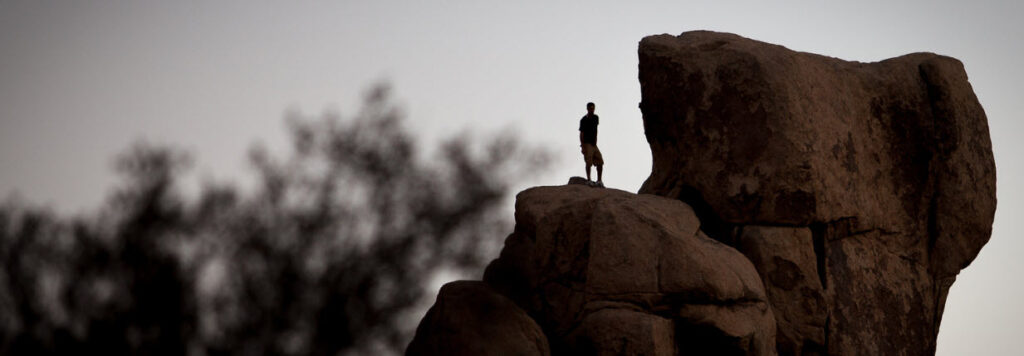
2. Tahquitz and Suicide Rocks
Tahquitz and Suicide Rocks are two iconic rock formations located near the town of Idyllwild in Southern California. These crags are deeply embedded in the history of American rock climbing, having played pivotal roles in the development of modern techniques and standards.
Tahquitz Rock
Also known as Lily Rock, stands tall as one of the birthplaces of modern multi-pitch traditional climbing in the United States. It boasts over 100 established routes, ranging in difficulty and style, making it a popular destination for climbers looking to test their traditional climbing skills.
Some of the most renowned routes on Tahquitz include “The Open Book,” which is considered America’s first 5.9-rated climb and “The Vampire,” a challenging 5.11 test-piece. The rock itself is characterized by its high-quality granite, offering climbers a mix of crack and face climbing opportunities. Routes on Tahquitz can be long, with some exceeding 200 meters, requiring climbers to be proficient in multi-pitch techniques.
Suicide Rock
Suicide Rock lies just a short distance away from Tahquitz but offers a somewhat different climbing experience. While slightly smaller in stature than its neighbor, Suicide Rock is not to be underestimated. It features over 300 routes with a heavier emphasis on face climbing compared to Tahquitz.
Climbers visiting Suicide can expect technical, balancy moves on its sometimes thin granite features. Notable routes at Suicide include “Valhalla,” a classic 5.11 and the “North Face,” a sustained 5.9 climb. Despite its somewhat foreboding name, Suicide Rock offers a wide range of routes, catering to both advanced climbers and those just venturing into traditional climbing.
3. Malibu Creek State Park
Malibu Creek State Park, situated in the Santa Monica Mountains near Los Angeles, is a verdant oasis renowned for its diverse rock climbing opportunities. With its dramatic cliffs and crags set against a backdrop of sapphire blue waters, the park is not only a climber’s paradise but also a visual treat.
Some of the most iconic climbing areas within the park include:
- Planet X Area – characterized by its overhanging routes and pocketed volcanic rock. This section offers a variety of challenges, particularly for those climbers fond of dynamic moves and crimpy holds.
- Century Lake Area – a smaller in climbing scope that still provides some unique routes with scenic views of the park’s reservoir.
- Ghetto Wall – known for its high-quality routes and the famous “Ghetto Simulator,” a long traverse that has become a staple problem for bouldering enthusiasts.
- Power Wall – aptly named for its demanding and powerful routes that test a climber’s strength and endurance.
- Lost World and Weeping Wall – located deeper within the park offering a peaceful escape from the often-crowded main crags.
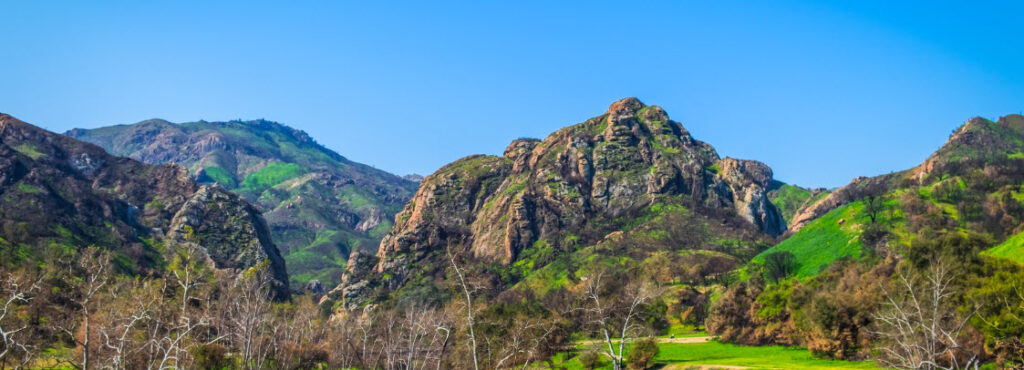
4. Mount Woodson
Located in Ramona, Mount Woodson is a renowned bouldering and top-rope climbing destination known for its granite boulders and short, technical routes making it a staple in the San Diego climbing community for decades. The rock quality is generally excellent and the sheer number of problems and routes scattered across the hillside ensures that climbers of all skill levels have something to tackle.
Options here include:
- Robbins’ Boulder: One of the most famous boulders at Mount Woodson named after the legendary climber Royal Robbins. This boulder offers several classic routes.
- Lunch Rock: This is another iconic area with a variety of routes on offer. The rock’s accessibility makes it one of the more popular spots.
- Baby Robbins: Situated close to Robbins’ Boulder, Baby Robbins offers a collection of easier problems making it an excellent spot for beginners and warm-ups.
- The Cave: This area provides a mix of bouldering and top-rope routes. The namesake cave feature on this boulder is particularly eye-catching.
- The Waterfall: Located near the main trail, this section gets its name from the cascading appearance of the granite. The climbs here are mainly top-rope routes with a few highball boulders.
- Spiderman Boulder: Known for the classic route “Spiderman,” this boulder challenges climbers with its thin holds and technical moves.
- Jaws: A popular area for its challenging bouldering problems, the routes here require both strength and technique.
- Test Tube Area: This zone offers a variety of climbs, from slabs to overhangs, and is known for the classic problem “Test Tube.”
Mount Woodson’s layout is somewhat linear, with a central trail leading up the mountain and most of the boulders and climbing areas scattered along or just off this main path. This makes navigation relatively straightforward, though it’s worth noting that some boulders might require a bit of a hike to reach.
Book your rock climbing trip to Southern California here!
5. Point Dume
Point Dume, located in Malibu, is a picturesque coastal promontory that offers rock climbing opportunities against the backdrop of the expansive Pacific Ocean. While it’s not as extensive as some of the more renowned climbing areas, its unique seaside setting and accessibility make it a favored spot for many climbers in the Los Angeles area.
The climbing at Point Dume is primarily centered around its prominent headland, which boasts a mix of short top-rope routes and bouldering problems. The rock is a sandstone formation, providing a different kind of grip and texture compared to the granite found in other Southern California crags. The climbs here range from beginner-friendly slabs to more challenging overhangs, ensuring that climbers of various skill levels can find a suitable route.
One of the standout features of climbing at Point Dume is the Main Face, an easily recognizable section of the headland offering several top-rope routes with panoramic ocean views. The exposure on some of these climbs, combined with the sound of crashing waves below, provides a truly unique climbing experience. Adjacent to the Main Face, there are a few smaller boulders and outcroppings that house a collection of bouldering problems, perfect for those looking for a quick climb without the need for extensive gear.
In addition to its climbing attractions, Point Dume is a State Marine Conservation Area, teeming with marine life. This means that while you’re belaying or resting between climbs, it’s not uncommon to spot sea lions, dolphins or even the occasional whale passing by, especially during migration seasons.

Understanding Rock Climbing in Southern California
If you’re looking for an adventure in Southern California, rock climbing is a great way to explore the natural beauty of the area. With a variety of terrains and difficulty levels, there’s something for everyone, from beginners to experts. Here are some things to keep in mind as you plan your rock climbing trip in Southern California:
Terrain
Southern California offers a diverse range of terrains for rock climbing, from granite peaks to sandstone boulders. Each terrain has its own unique features and challenges, so it’s important to choose the right spot for your skill level and preferences.
Difficulty Levels
Rock climbing routes in Southern California are rated on a decimal system that ranges from 5.0 (easiest) to 5.15 (hardest). It’s important to choose a route that matches your skill level to avoid injury or accidents. If you’re a beginner, start with a route rated 5.6 or lower and work your way up as you gain more experience.
Safety
Rock climbing can be a dangerous sport, so it’s important to take safety precautions seriously. Always wear a helmet and harness, and double-check your gear before climbing. It’s also a good idea to climb with a partner and make sure you have a plan in case of an emergency.
Gear
Rock climbing requires specialized gear, including climbing shoes, a harness, a helmet and ropes. If you’re new to the sport, it’s a good idea to rent gear or take a class before investing in your own equipment. Make sure to choose gear that fits properly and is in good condition to ensure your safety.
Ethics
When rock climbing in Southern California, it’s important to respect the environment and other climbers. Stay on designated trails and avoid damaging the rock or plants. Follow Leave No Trace principles and pack out all trash. Be respectful of other climbers and wait your turn to climb a route.
Book your rock climbing trip to Southern California here!
Best Time to Go Rock Climbing in Southern California
If you’re planning a rock climbing trip to Southern California, it’s important to choose the right time of year and the best time to go rock climbing in Southern California is during the fall, winter and spring months.
During the summer months, temperatures can soar and make climbing uncomfortable and dangerous and the heat can also cause dehydration, which is a major concern for climbers. In addition, many popular climbing areas in Southern California are closed during the summer months due to fire danger.
In the fall, winter and spring, temperatures are cooler and more comfortable for climbing. This is also the time when many of the climbing areas in Southern California are open. The cooler temperatures also mean that you can climb for longer periods without worrying about dehydration or heat exhaustion.
It’s important to note that Southern California can experience rain and snow during the winter months, which can make climbing difficult or impossible. It’s important to check the weather forecast before heading out on a climbing trip.
Conclusion
There you have it, some of the best Southern California rock climbing options to chalk up for this year. As usual, let me know of your experiences here or if there is anything you think I need to add.
Also, please do not hesitate to comment below if you have any questions, concerns, or corrections or would like me to check anything else out for you.
Until next time.
Have fun
Paul
